Muntjacs
- December 26, 2023
- 0 comment
Muntjacs, commonly known as barking deer or Mastreani deer, comprise a fascinating group of small to medium-sized deer belonging to the genus Muntiacus. These distinctive creatures are easily identifiable by their short legs, tusk-like canine teeth, and, notably, their vocalizations that resemble barking. Muntjacs exhibit sexual dimorphism, with males typically being larger than females. Their fur varies in color, ranging from reddish-brown to dark brown, providing effective camouflage in their natural habitats.


Physically, muntjacs possess a compact build with a hunched appearance and short, sharp antlers. Their distinctive canine teeth, elongated in males, are utilized for marking territory and self-defense. One of the key features setting them apart is the absence of facial glands, a unique characteristic within the deer family. Muntjacs are adapted to a wide array of habitats, including dense forests, grasslands, and shrublands, allowing them to thrive across a diverse range of ecosystems.
These deer are distributed across a vast species range, spanning various parts of Asia. Muntjacs are found in countries such as India, Sri Lanka, China, Southeast Asia, and the Indonesian archipelago. Their ability to adapt to different environments has contributed to their widespread presence across diverse landscapes, from tropical rainforests to hilly terrains. This adaptability has also made them resilient in the face of human-induced habitat changes and fragmentation. Overall, muntjacs stand out as resilient and adaptable creatures, reflecting the diverse ecosystems they inhabit across their extensive range.
| Aspect | Description |
|---|---|
| Genus | Muntiacus |
| Common Names | Barking deer, Mastreani deer |
| Size | Small to medium-sized |
| Identification | Short legs, tusk-like canine teeth, distinctive barking |
| Sexual Dimorphism | Present, with males typically larger than females |
| Fur Color | Reddish-brown to dark brown |
| Antlers | Short and sharp, with males having elongated canines |
| Facial Glands | Absent, distinguishing them within the deer family |
| Adaptability | Thrives in various habitats, including forests and grasslands |
| Distribution | Asia, including India, Sri Lanka, China, Southeast Asia, and Indonesian archipelago |
| Vocalizations | Characteristic barking sounds |
| Habitat | Diverse, ranging from tropical rainforests to hilly terrains |
| Conservation Status | Varied across species, with some facing threats from habitat loss and hunting |
Unveiling the Enigmatic World of Barking Deer
General Biology

Muntjacs, the intriguing creatures known as barking deer, belong to the genus Muntiacus and captivate wildlife enthusiasts with their unique features. These small to medium-sized deer exhibit a distinctive build with short legs, tusk-like canine teeth, and an unmistakable tendency to emit barking sounds. Their fur, ranging from reddish-brown to dark brown, complements their adaptability across a diverse range of habitats. With a hunched appearance and compact physique, muntjacs are a testament to nature’s creativity in crafting resilient and adaptable species.
Reproduction
In the realm of muntjac reproduction, the dynamics showcase interesting patterns. Sexual dimorphism is evident, with males typically larger than females. During the mating season, males use their sharp antlers and elongated canines for both marking territory and engaging in ritualized combat for mating rights. Female muntjacs, on the other hand, play a crucial role in nurturing the young, ensuring the survival of the species.

Behavior
Muntjacs exhibit a fascinating array of behaviors that set them apart in the animal kingdom. Their adaptability allows them to thrive in various ecosystems, from dense forests to grasslands. While generally solitary, muntjacs may form small family groups, and their distinctive barking vocalizations serve multiple purposes, from communication to warning signals. These behaviors contribute to their resilience in the face of environmental challenges.
Etymology and Terminology
The term “muntjac” finds its roots in the Javanese language, where it refers to the Javan muntjac. The name “barking deer” originates from the characteristic sounds these deer produce, resembling barks or sharp, repetitive calls. The use of different names, such as Mastreani deer, adds to the richness of their cultural and linguistic significance.
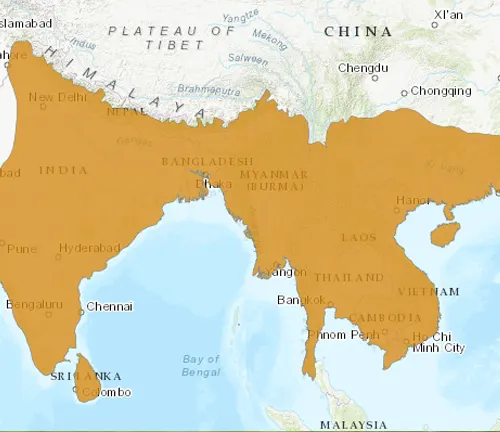
Habitat
Muntjacs showcase an impressive adaptability to a variety of habitats. From the lush rainforests of Southeast Asia to the hilly terrains of China, these deer have carved out niches for themselves in diverse ecosystems. This adaptability contributes to their widespread distribution across the Asian continent.
Food Habits
Their diet reflects their ecological versatility, as muntjacs are primarily browsers with a varied palate. Feeding on leaves, fruits, and vegetation, they play a role in shaping the plant communities within their habitats. This dietary flexibility is a key factor in their successful colonization of different environments.
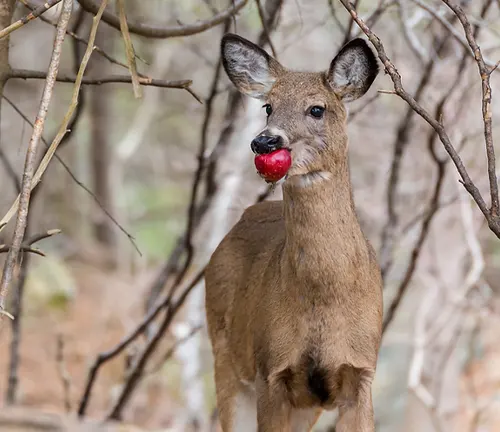
Voice, Sounds, Tracks, and Signs
Muntjacs communicate through a repertoire of sounds, with barking being a distinctive feature. These vocalizations serve as a means of alerting others to potential threats or signaling their presence. The tracks and signs left by muntjacs, including hoofprints and markings on vegetation, provide valuable insights into their behavior and presence within an ecosystem.
Distribution
The geographical range of muntjacs spans across Asia, encompassing countries such as India, Sri Lanka, China, Southeast Asia, and the Indonesian archipelago. Their ability to inhabit a variety of landscapes underscores their adaptability and highlights the challenges they face in the context of habitat loss and fragmentation.
A Comprehensive Guide to Damage Prevention and Control
Damage Prevention and Control Methods
Muntjacs, with their widespread distribution, can sometimes pose challenges when their interactions with human activities result in undesirable consequences. Understanding effective damage prevention and control methods is crucial for maintaining a harmonious coexistence. This article delves into various strategies employed to manage and mitigate the impact of muntjacs in different settings.
Habitat Modification
One key approach to managing muntjac-related issues involves modifying their habitat. By altering the landscape to make it less conducive to their preferences, such as reducing dense vegetation or limiting certain food sources, habitat modification can help discourage muntjacs from frequenting specific areas. This method aims to create an environment less appealing to the deer, thus minimizing potential conflicts.
Exclusion
Exclusion methods focus on creating physical barriers to restrict muntjac access to particular spaces. Fencing, for instance, can be an effective tool to protect crops or prevent muntjacs from entering specific areas. Carefully designed barriers take into account the deer’s behavior and anatomy, providing a humane and practical solution to minimize interactions between muntjacs and human activities.
Frightening Devices
Implementing frightening devices is a non-lethal strategy designed to deter muntjacs from certain locations. These devices may include motion-activated alarms, bright lights, or even sound emitters that startle and discourage the deer. By creating an environment perceived as unsafe or unpredictable, frightening devices aim to modify muntjac behavior without causing harm.
Repellents
Repellents offer an alternative approach to manage muntjac-related issues by using substances that deter the deer from specific areas. These can include chemical formulations with strong odors or tastes that muntjacs find unpleasant. Applied to crops or vegetation, repellents act as a deterrent, encouraging the deer to seek alternative feeding grounds.
Toxicants
While less commonly used due to ethical and environmental considerations, toxicants represent another category of control methods. These substances, when strategically deployed, can deter muntjacs. However, their use requires careful consideration of potential ecological impacts and adherence to ethical guidelines to ensure the well-being of both the deer and the broader ecosystem.
Shooting
In situations where other methods may not be practical or effective, controlled shooting is a method employed for population control. This approach is typically conducted by trained professionals and follows strict ethical and legal guidelines. Managed culling can help maintain a balanced deer population in areas where muntjacs pose a threat to agriculture or natural ecosystems.
Trapping
Trapping involves capturing muntjacs using various devices, such as box traps or netting systems. While a more labor-intensive method, trapping allows for the relocation of muntjacs to less problematic areas or facilitates further research and monitoring efforts. Like other control methods, trapping requires careful consideration of animal welfare and adherence to ethical standards.
Different Species
Indian Muntjac
(Muntiacus muntjak)
Also known as the Red Muntjac, it is one of the most widespread species and is found in various parts of South and Southeast Asia, including India, Sri Lanka, Burma, and parts of Southeast Asia.
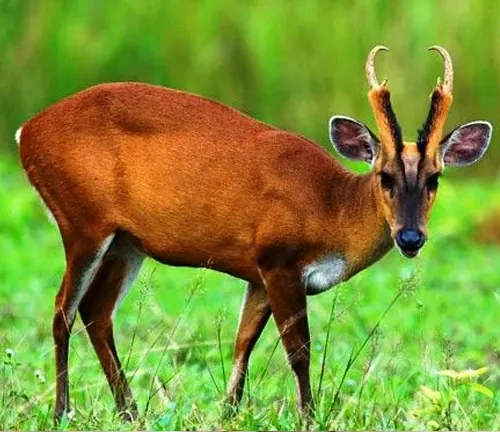
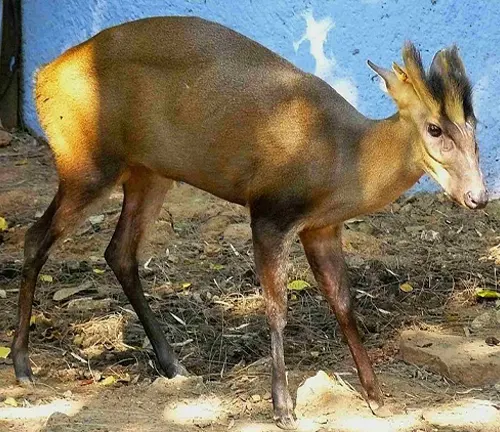
Fea’s Muntjac
(Muntiacus feae)
Found in parts of Southeast Asia, including Vietnam and Laos, Fea’s Muntjac is known for its relatively small size and distinctive markings.
Bornean Yellow Muntjac
(Muntiacus atherodes)
Endemic to the island of Borneo, this species is characterized by its yellowish-brown coat and is adapted to the diverse habitats found on the island.
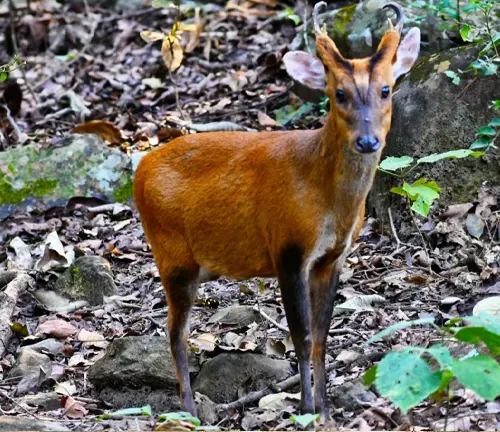
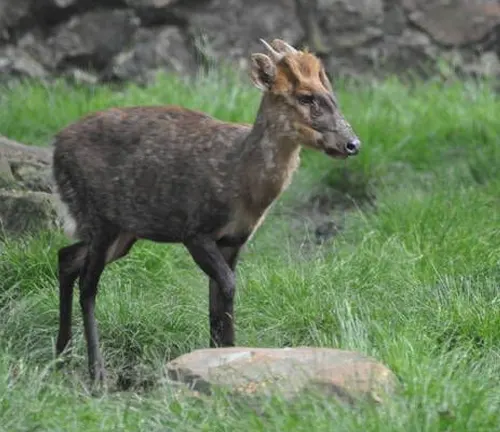
Gongshan Muntjac
(Muntiacus gongshanensis)
Native to China, particularly in the Yunnan province, the Gongshan Muntjac is known for its dark brown coat and is adapted to mountainous regions.
Leaf Muntjac
(Muntiacus putaoensis)
Discovered more recently, the Leaf Muntjac is found in the northern forests of Myanmar. It is named for the distinctive leaf-shaped markings on its face.
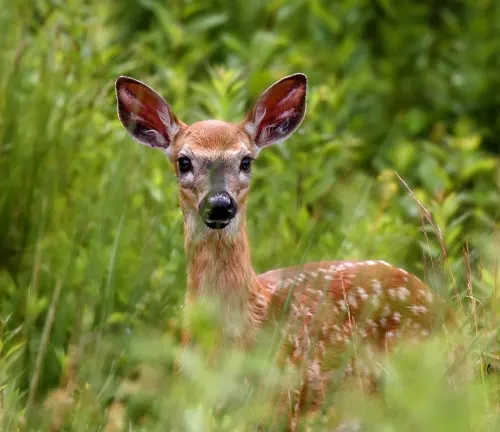

Roosevelt’s Muntjac
(Muntiacus rooseveltorum)
Discovered in 1999 in Vietnam, this muntjac species is named after President Theodore Roosevelt. It is characterized by its reddish-brown coat and is found in the Annamite Mountains.
Sumatran Muntjac (Muntiacus montanus):
Endemic to the island of Sumatra in Indonesia, the Sumatran Muntjac is adapted to the dense tropical rainforests of the region.
Black Muntjac
(Muntiacus crinifrons)
Found in parts of Southeast Asia, including Laos and Vietnam, the Black Muntjac is known for its dark coat and distinctive facial markings.
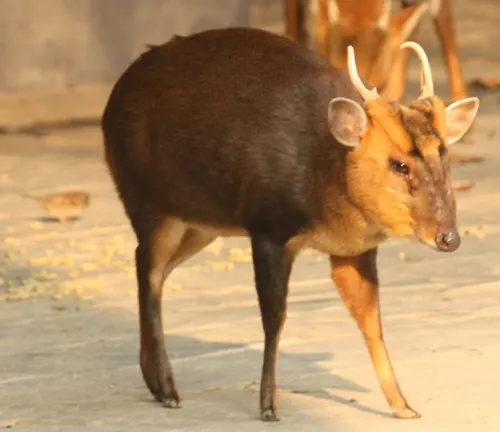
Frequently Asked Questions (FAQs)
1. What is a Muntjac?
An introduction to the concept of muntjacs, highlighting their classification as small to medium-sized deer, often known for their distinctive appearance and vocalizations.
2. Where are Muntjacs Found?
Exploring the geographical distribution of muntjacs, including the countries and regions where different species are commonly found.
3. What are the Characteristics of Muntjacs?
Detailing the physical attributes and behaviors that define muntjacs, such as their short legs, tusk-like canine teeth, and unique barking vocalizations.
4. How Many Species of Muntjacs Are There?
Providing an overview of the various species within the genus Muntiacus and their specific characteristics.
5. What is Sexual Dimorphism in Muntjacs?
Explaining the differences in size and physical characteristics between male and female muntjacs.
6. What is the Conservation Status of Muntjacs?
Addressing the conservation concerns and status of different muntjac species, including factors that may threaten their populations.
7. How Do Muntjacs Reproduce?
Detailing the reproductive behaviors and strategies of muntjacs, including mating rituals and parental care.
8. How Do Muntjacs Adapt to Different Habitats?
Exploring the adaptability of muntjacs to a diverse range of environments, from tropical rainforests to hilly terrains.
9. What Do Muntjacs Eat?
Describing the dietary habits of muntjacs, including their role as browsers and their preferences for leaves, fruits, and vegetation.
10. How Can Muntjac-Related Damage Be Prevented and Controlled?
Addressing strategies for managing human-muntjac conflicts, including habitat modification, exclusion methods, frightening devices, repellents, and other control measures.
11. Are Muntjacs Kept in Captivity?
Discussing the presence of muntjacs in captivity, whether in zoos or wildlife sanctuaries, and their suitability for captive environments.
12. What is the Etymology of the Term “Muntjac”?
Exploring the linguistic and cultural origins of the term “muntjac” and other names associated with these deer.
13. Are Muntjacs Considered Nocturnal?
Addressing the activity patterns of muntjacs, including their tendency to be crepuscular or nocturnal.


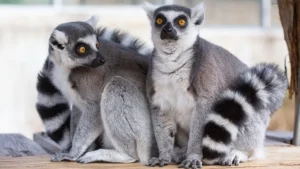
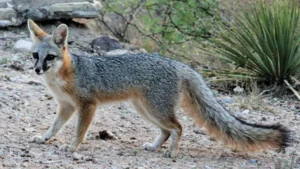


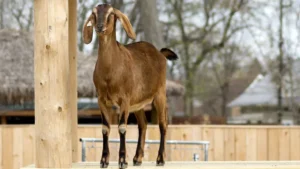

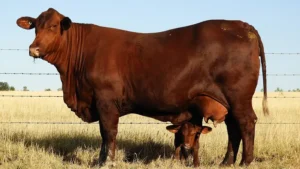



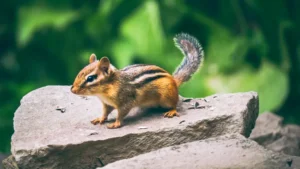
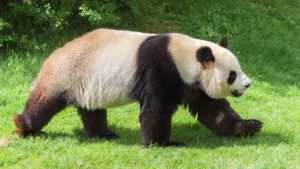
Leave your comment